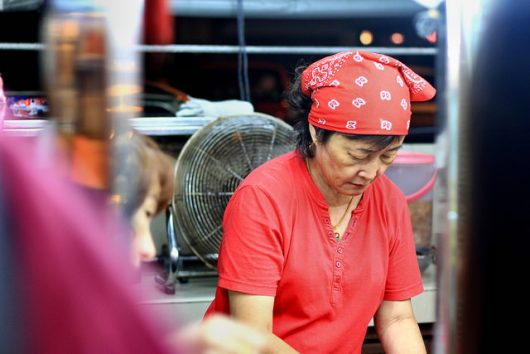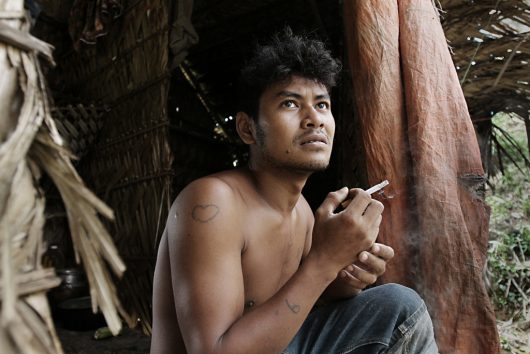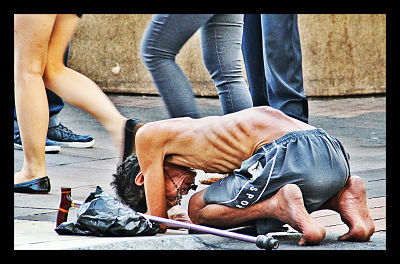
Poverty in Malaysia is a controversial economic and political issue. The definition of poverty and the poverty line in Malaysia has been disputed for years and causes much political uproar, including political protests and debates.
Malaysia has grown rapidly in economic development, with 65.6 percent of the population aged 15 years and above employed and working in 2014. With that many people working, each household is expected to make a sufficient income.
It has been recorded that there was a 55.3 percent reduction in the percentage of population below the poverty line in Malaysia, meaning that the country’s poverty is a large focus for the government and the community, and they are working together to solve the problem.
A survey conducted in 2014 by the Department of Statistics Malaysia (DOSM), on a sample size of 81,634 households, shares the preliminary data that only one percent of these households were living below the poverty line index. That’s right – Malaysia has a poverty population of one percent, meaning that only 300,000 people of 33.3 million are living in poverty in Malaysia.
The government is currently working to solve Malaysian poverty by using the four-pronged method of thinking discussed below.
4 Approaches to Addressing Poverty In Malaysia
- Educate and lift the level of education among the poor children in school, and teach them business practices that can help them gain a higher income job and possibly run a company.
- Strengthen social safety nets, and provide government-funded empowerment
- Ensure income is redistributed to uplift those in poverty.
- Create policies that promote economic development.
Malaysia has one of the largest middle classes in any Muslim country. It’s made up of Malays, Chinese and Indians. Many of these middle-class people own their own modern houses and condos, own two cars and employ Indonesian maids.
Malaysia is on the right track to completely eliminate its impoverishment and strengthen its economy. Aid from the U.S. can only guarantee these goals.
– Rilee Pickle
Photo: Flickr






